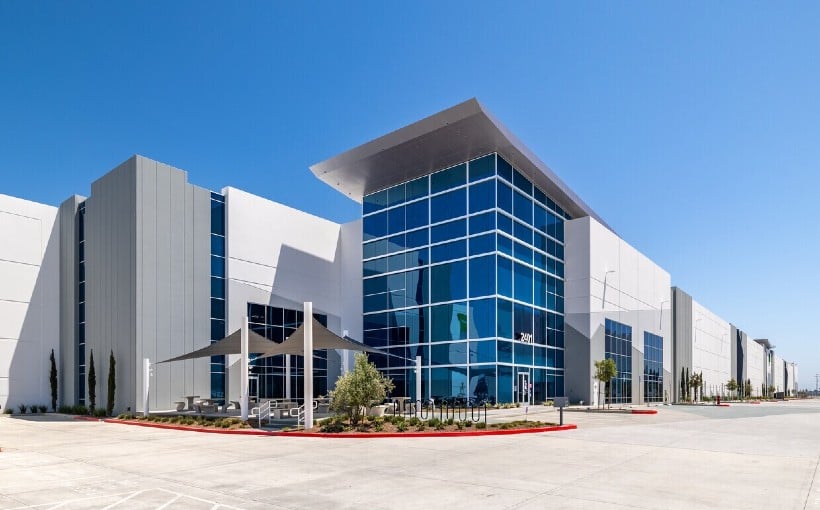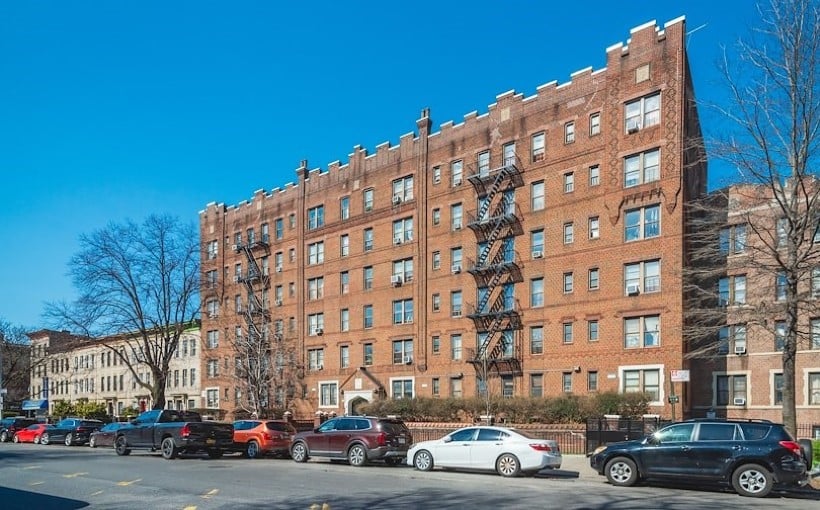The commercial real estate industry is increasingly embracing sustainability in both development and operations. However, the lack of standardized metrics and definitions has posed a challenge, particularly with regards to “net zero buildings.”
To address this issue, the U.S. Department of Energy (DOE) has announced its “National Definition of a Zero Emissions Building.” This definition not only clarifies the concept but also supports efforts to decarbonize the buildings sector while reducing energy costs for homes and businesses. Furthermore, it aligns with President Biden’s climate goals.
According to the DOE’s definition, a net zero emissions building should be energy efficient and free from on-site emissions through reliance on clean energy sources. The organization encourages public and private entities to adopt or exceed this guidance as a demonstration of their commitment to climate action.
It is worth noting that this definition serves as guidance rather than regulation; it can be used by organizations to determine operational emissions or those caused by tenants’ activities. Additionally, there are plans for future expansion that would cover other aspects such as material production and disposal.
In line with these efforts towards decarbonization in construction practices, DOE introduced a plan in early 2024 aimed at reducing U.S building emissions by 65% by 2035 and 90% by 2050 through advancements in technology such as heat pumps along with increased use of renewable energy sources.
The statement further highlights how buildings can contribute towards achieving net-zero carbon emission targets while supporting domestic manufacturing industries involved in producing low-carbon materials needed for sustainable construction practices. With access to cleaner grids coupled with retrofitting existing structures for improved efficiency levels -the potential impact on overall reduction cannot be underestimated.




